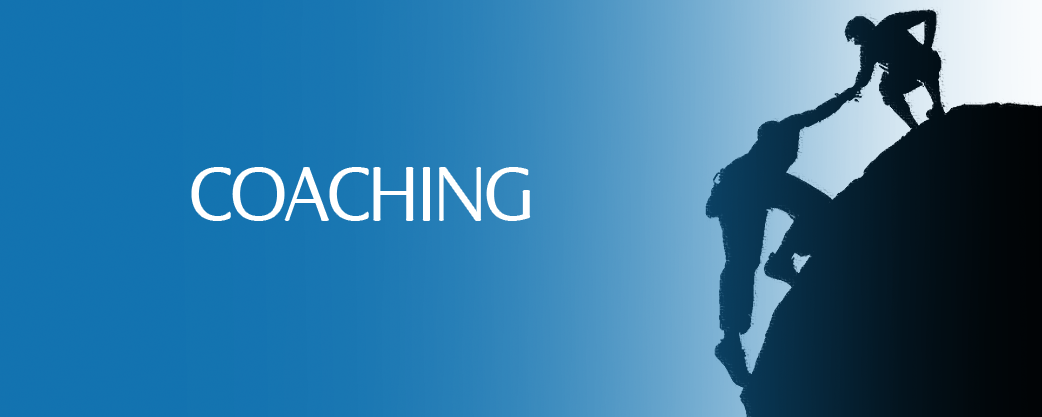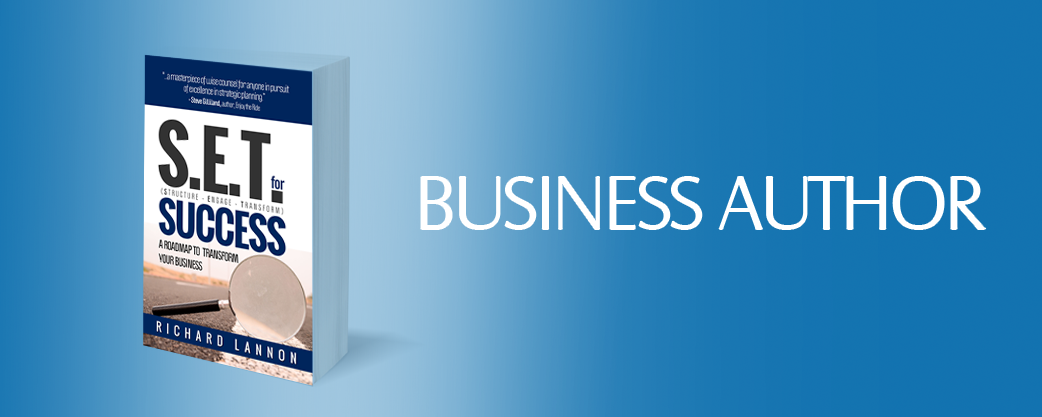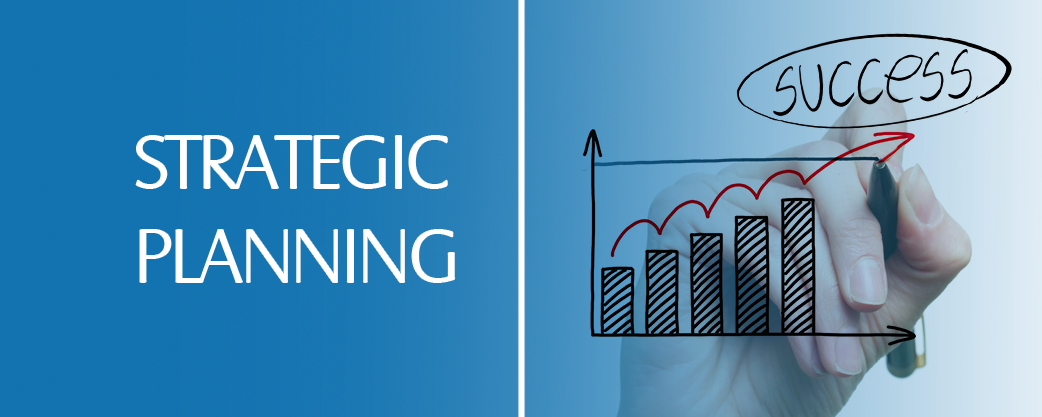I have been thinking lately about what it takes to make decisions. Just recently I was presented with a situation where some major decisions will need to be made. Ones that impact changes in business and careers focus and could mean going into a whole new direction. […]
Read more →During a QA session, after a keynote, I was asked by a participant at a PM/BA World Event hosted by Diversified Communications and the local IIBA Chapter what I felt were the some key areas to study as a professional building their career. I paused for a […]
Read more →Wishing you the best this week as we approach the Holiday Season. It may be or not be your cup-of-tea but there should be some music somewhere that you can tune into that lets you live your life with a lot of success. Here are 5 Walk […]
Read more →Do you remember that childhood show called Fraggle Rock (a Jim Henson Production)? It was a world made up of Fraggles and Doozers. Fraggles were creatures that stood 18 inches tall, lived in a network of caves and spent much of their time exploring their worlds, and […]
Read more →We all make meeting facilitation mistakes. I know I have made a few. Sometimes you can recover and other times you cannot. I know that when I make a mistake in a facilitation session, I feel really bad for days. It impacts me personally. There are several […]
Read more →Recently, I presented one of my most popular keynotes, People and Group Dynamics – the Characters in the Room Part A, to a large group of Business Analysts and Project Managers. The room was packed. I was pumped, excited and into working with the crowd. I was […]
Read more →













